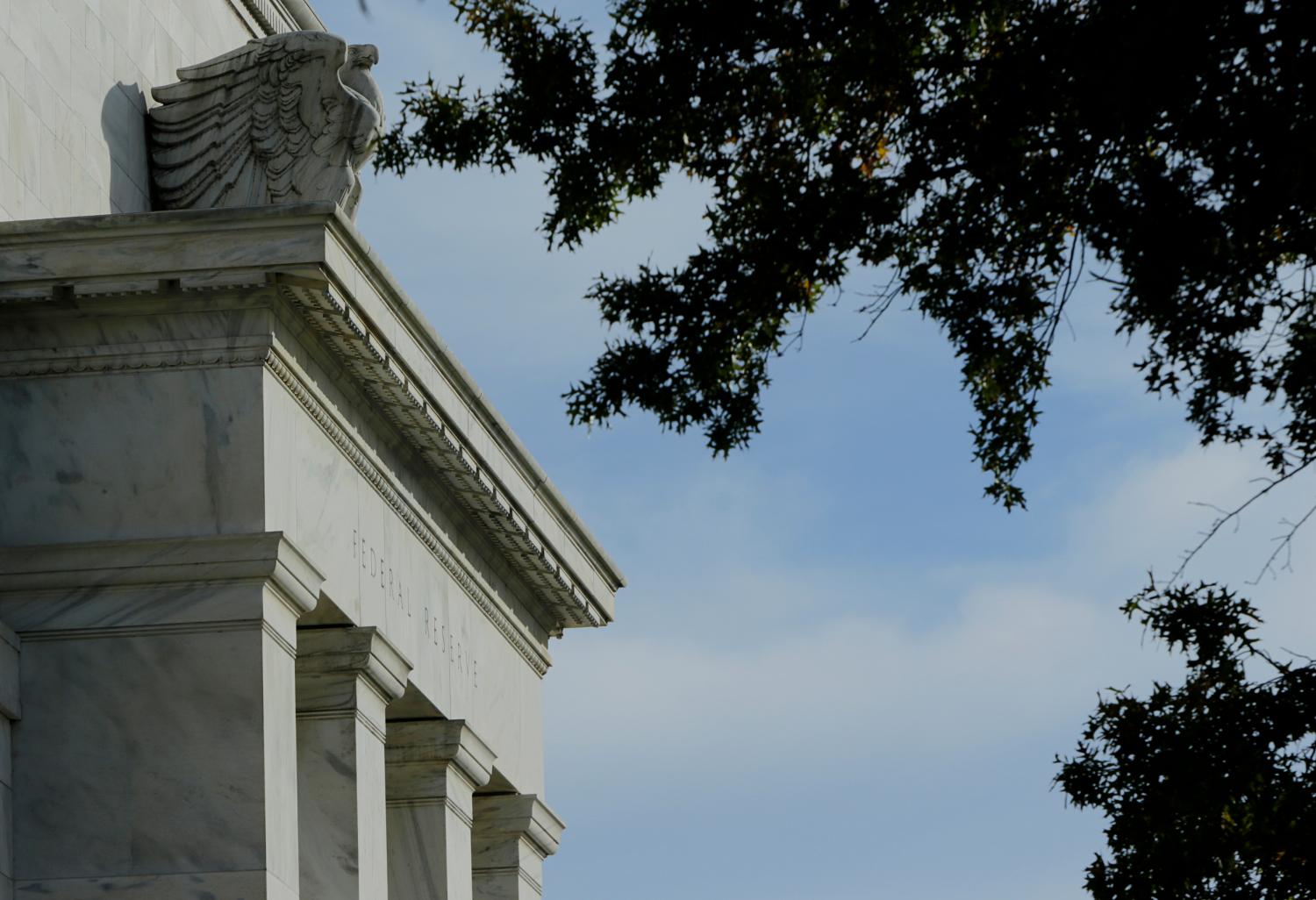Chronicling the politics that led to the creation of the twelve Reserve Banks and the pursuant legal and political consequences, this paper argues that the Federal Reserve’s quasi-private Reserve Banks are, at best, opaque and unaccountable, and, at worst, unconstitutional.
Following the Panic of 1907, one of the most destructive in the nation’s history, Republicans and Democrats offered competing proposals to overhaul the nation’s monetary system. Republicans wanted a single central bank, whereas Democrats wanted multiple independent reserve banks across the country that could tailor policy to local conditions. In both plans, private bankers would determine central bank leadership. As a compromise, President Woodrow Wilson proposed the creation of 8 – 12 reserve banks run by appointees of private bankers, but supervised by a single central board of Presidential appointees. Wilson’s vision formed the basis of the Federal Reserve Act of 1913, the Fed’s founding statute. The Wilsonian structure resulted in turf battles between the private Reserve Banks and the public Board in Washington, which led to policy uncertainty that contributed to the Great Depression. In response to this uncertainty, Congress, at the insistence of President Roosevelt, revoked Wilson’s vision and centralized authority in the Board of Governors in Washington. But while the Depression-era legislation removed the 12 quasi-private Reserve Banks’ autonomy, it did not eliminate them.
This structure, which persists today, presents problems for both constitutional law and public policy. The President and Congress play no role in choosing who leads the Reserve Banks, and the President must rely on an indirect process if he wants to remove Reserve Bank presidents, a feature which violates constitutional principles of separation of powers. In addition, because Reserve Bank presidents have close ties to the banks they regulate, they are less likely to police bad behavior.
One possible solution is to give the Fed’s Board of Governors the power to appoint and remove Reserve Bank Presidents at will. This structural change would make our nation’s central banking system more answerable to the democratic process and, in turn, improve the Fed’s policymaking.




